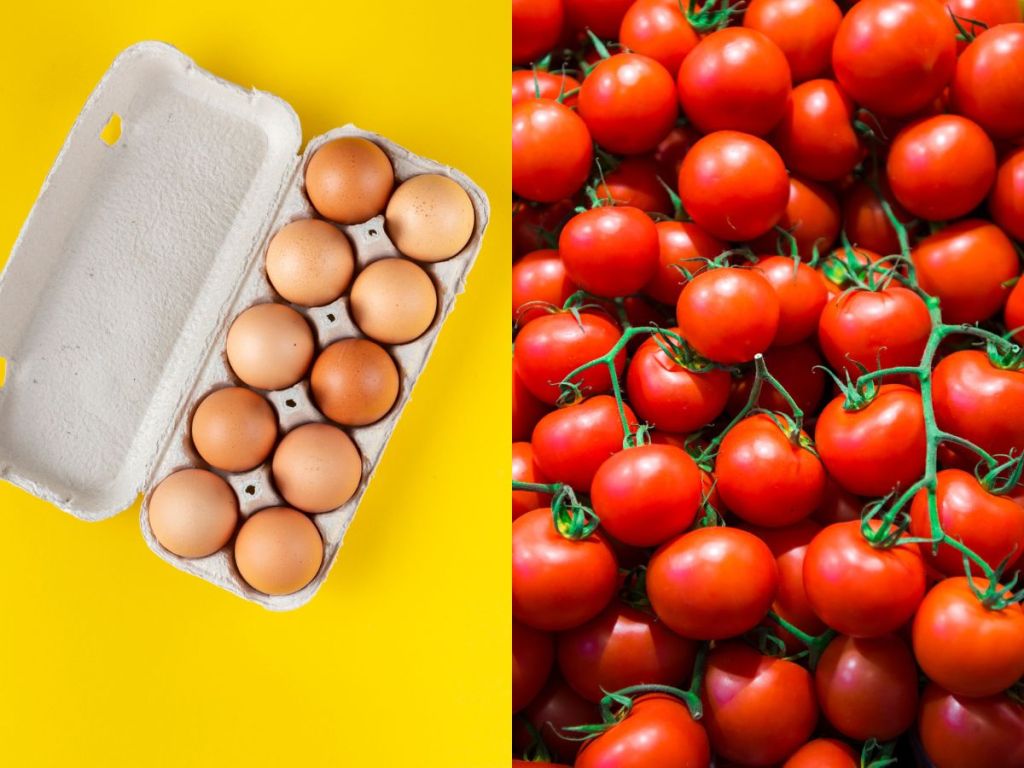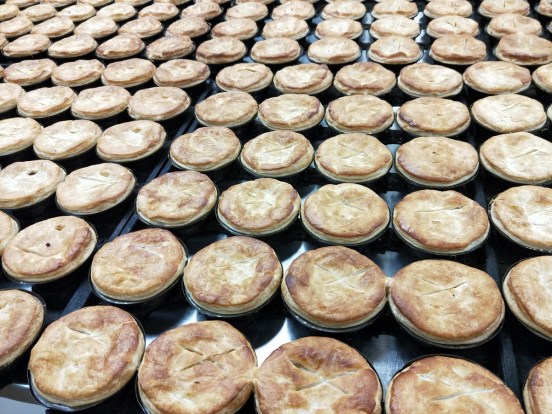New Zealand food prices were 12 percent higher in February than they were a year earlier, according to Stats NZ .
This is the biggest recorded annual increase since 1989, with grocery food taking the spot as the biggest contributor, up twelve percent.
“Increasing prices for barn or cage-raised eggs, potato chips, and cheddar cheese were the largest drivers within grocery food,” consumer prices manager James Mitchell said.
The second-largest contributor to the annual movement was fruit and vegetables. The increases were seen in tomatoes, up 117 percent and potatoes, up 48 percent. Fruit and vegetable prices as a whole were up 23 percent year-on-year.
Restaurant meals and ready-to-eat food was up 8.4 percent, meat, poultry and fish prices up 9.8% and non-alcoholic beverages up 9.1 percent.
Foodstuffs NZ managing director Chris Quin says the co-operative had hoped to see signs by now that food price inflation was starting too turn a corner but the Auckland floods and Cyclone Gabrielle had put pressure on prices due to their impact on fruit and vegetable crops.
“Getting over the immediate operational and supply chain challenges was the first hurdle, but we’ll be dealing with the long tail of effects for many months to come.
“Key produce that has been affected by the severe weather includes lettuce, kumara and onions, with a significant amount of apple crops in the Hawkes Bay damaged.
“It is clear the road to recovery will be different across the range of produce. If you’re talking about leafy greens, they are cropped approximately every five weeks year-round but with kumara and onions, they’ve got a longer growing time, with one crop per year. There is some kumara stock in store, but we are not expecting it to see us through to the new season in 2024.
“The apple harvest is well under way and until it’s done, we won’t know the true position. What we do know is that the wet weather will impact quality and how long the fruit keeps, so while we’ll have more fruit on the local market as we harvest, the full impact on supply will likely be felt towards the end of this year.”
ANZ economist Finn Robinson said the strong food price increase meant there was a risk that inflation was stronger than expected in the first quarter of this year.
“We were expecting to see food prices accelerate a little further in early 2023 – we had penciled in an increase to 10.9% year-on-year in February, from 10.3% in January, but February’s number was quite a bit stronger than expected,” he said.
“It’s not surprising to see food prices continuing to accelerate, given the numerous weather events that have impacted food producing regions over the first part of 2023, not to mention ongoing cost pressures across the food supply chain, wages still rising rapidly, and other idiosyncrasies like egg shortages. It was just uncertain exactly how high food price inflation would rise in response to these events.”








